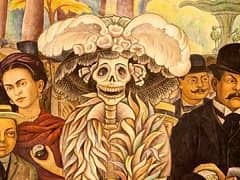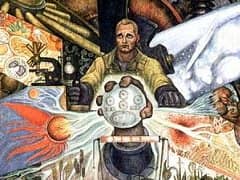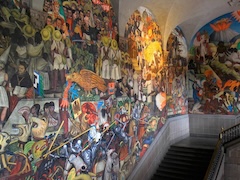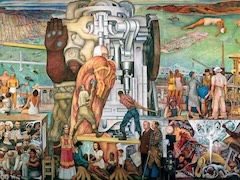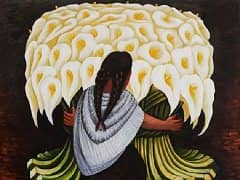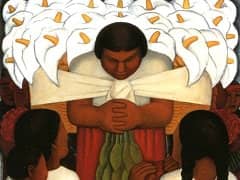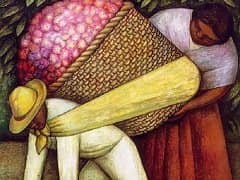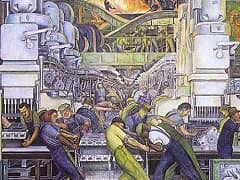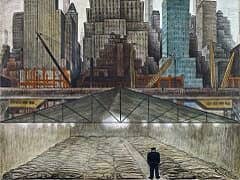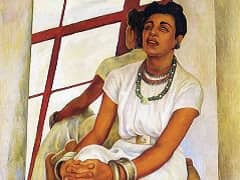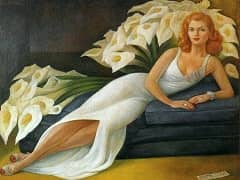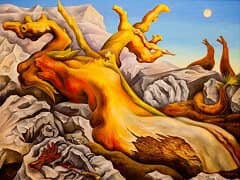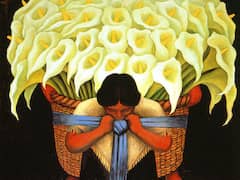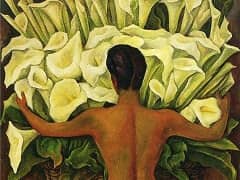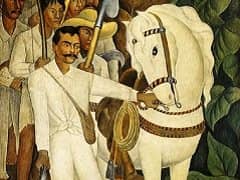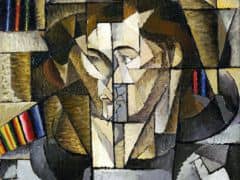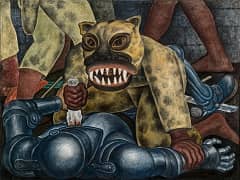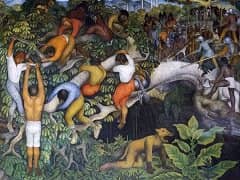El Vendedora De Flores by Diego Rivera
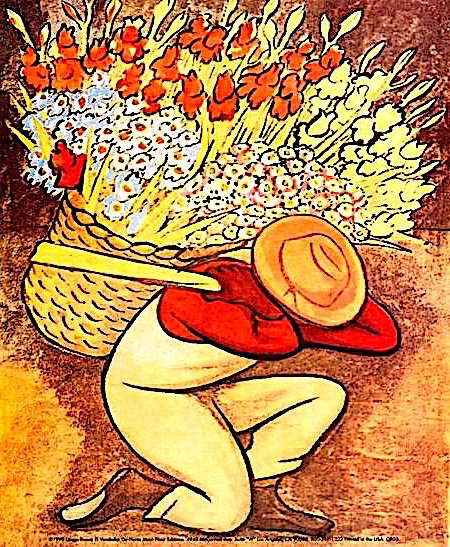
Diego Rivera painted many versions of indigenous people with oversized bundles of flowers. Typically, the blossoms dominate the canvas and the human figure as well. Through his use of composition, color and simple lines, the artist communicates a number of ideas.
The Nuance of Composition
Although, at first glance, the figure of the flower seller seems central, it is actually the flowers that claim the viewer's eye. They seem to be in motion, springing outward and upward from the basket that holds them. Meanwhile, the figure kneels down, head bowed, beneath the burden he carries. Perhaps the artist is suggesting that purchasers see the flowers but not the person behind them.
The Language of Color
In this painting, Rivera has chosen earth tones for the background. He creates distinctive contrast with the white, yellow and red hues of both the flowers and the vendor who is kneeling beneath their weight. By juxtaposing these colors, the artist indicates that the figure, whose brown feet blend into the earth and red hands blend with the flowers, forms a bridge between two worlds. His roots are in the soil while his hands serve civilization where the wealthy enjoy the luxury of freshly cut flowers.
The Significance of Simple Lines
Rivera depicts the figure in the painting with a few curved lines. The face is hidden. The figure lacks any identifying detail. As such, it symbolizes a group of people - those who work the land - rather than one individual.
The Complete Picture
The painting expresses a theme that is central to Rivera's work. It contrasts those who provide products with those who have the money to enjoy it. The theme of poor indigenous people serving the upper classes occurs frequently in Rivera's body of work. In addition, by pairing the vendors with profusions of vibrant flowers, he illustrates the beauty of their difficult yet simple lives.

